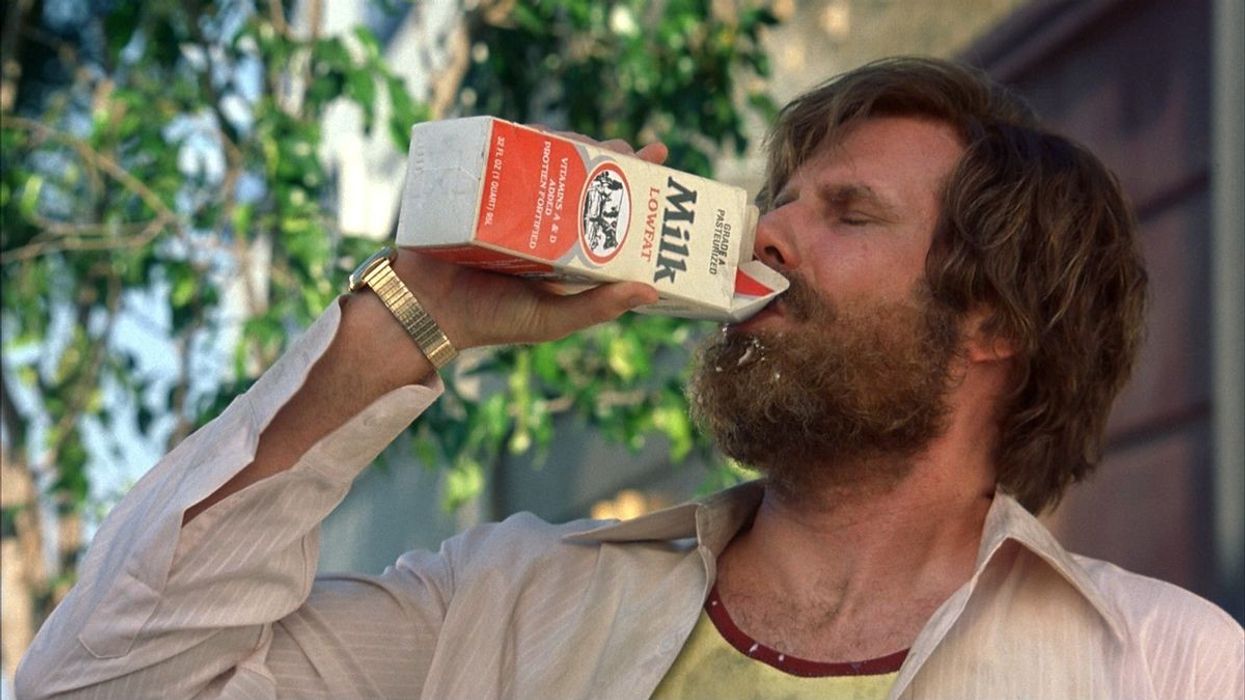Milk in Movies: How Filmmakers Use It as a Symbol for Innocence and Purity
Props matter, even something as seemingly innocuous as a glass of milk.

When it comes to symbolism, props carry quite a lot of weight. A bar of soap, a wire hanger, or a red stapler can communicate a message to your audience that other cinematic elements simply can't (or as efficiently, anyway). In this video essay, Jack Nugent of Now You See It details the powerful connotations milk has in storytelling, as well as how filmmakers have used it to reveal information about characters, themes, and situations.
Much of a character's identity can be revealed in what they consume, whether its lobster, cigarettes, or martinis, shaken not stirred. They can speak to many things, like class, morality, or certain personality traits. For example, a character who eats rare steaks might be seen as animalistic, masculine, or even dubious, like Cypher in The Matrix.
Milk, like other foods and drinks, is incredibly symbolic. Many consider milk to represent innocence, youth, purity, and maternity, because, of course, babies drink milk and mothers produce it.
But filmmakers play with this connotation in many different ways in their work. Because milk is seen as something women produce for babies to drink, having an adult drink it on-screen can create a mixture of emotions.
In Leon: The Professional, Leon is a likable character, who, though is a deadly assassin, is nurturing and carrying of the orphan Mathilda, and his milk drinking is a great indicator of this. However, it's unsettling to watch Alex and his droogies in A Clockwork Orange drink milk, because they are violent, oversexed deviants.


Source: Now You See It











